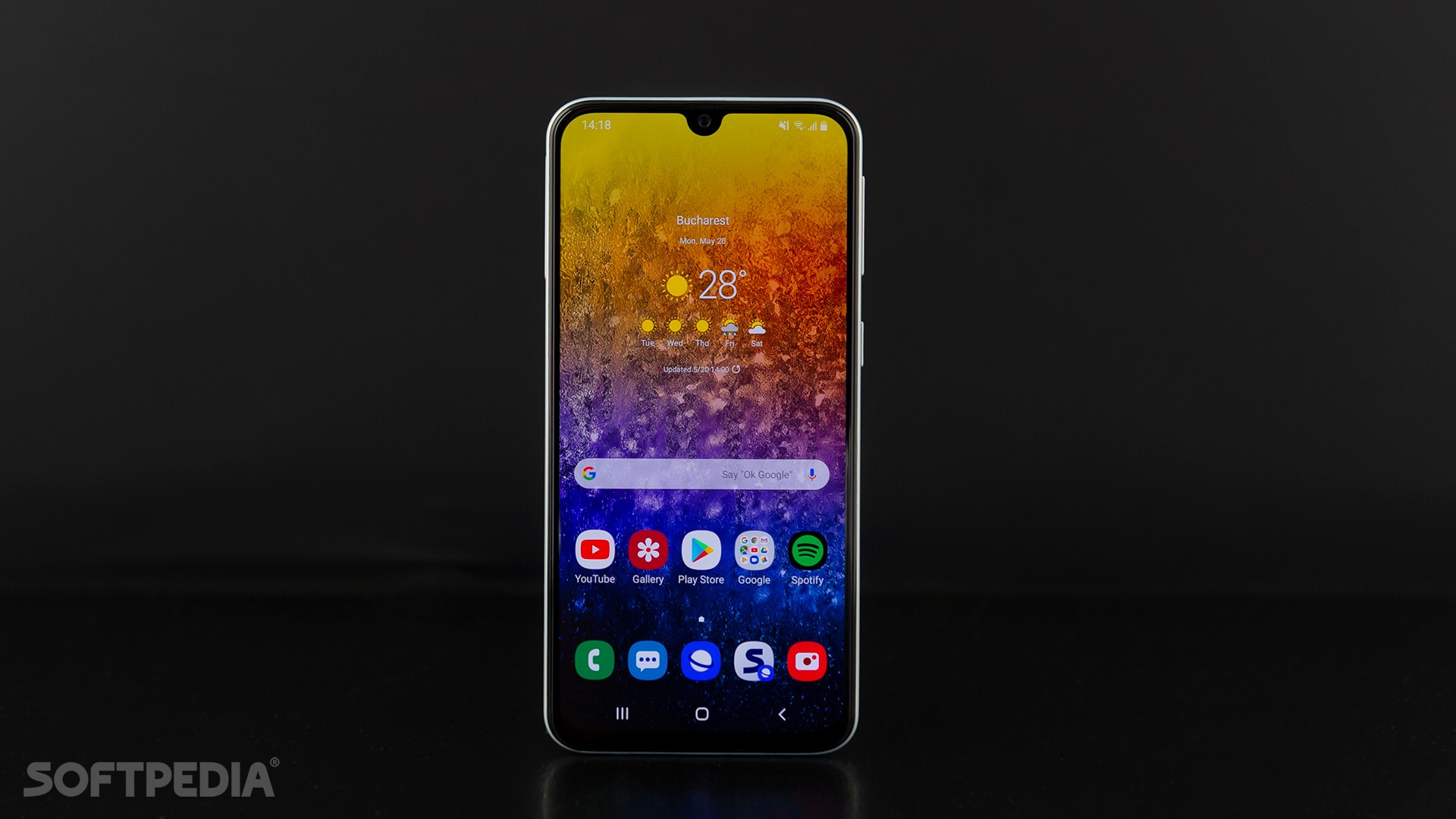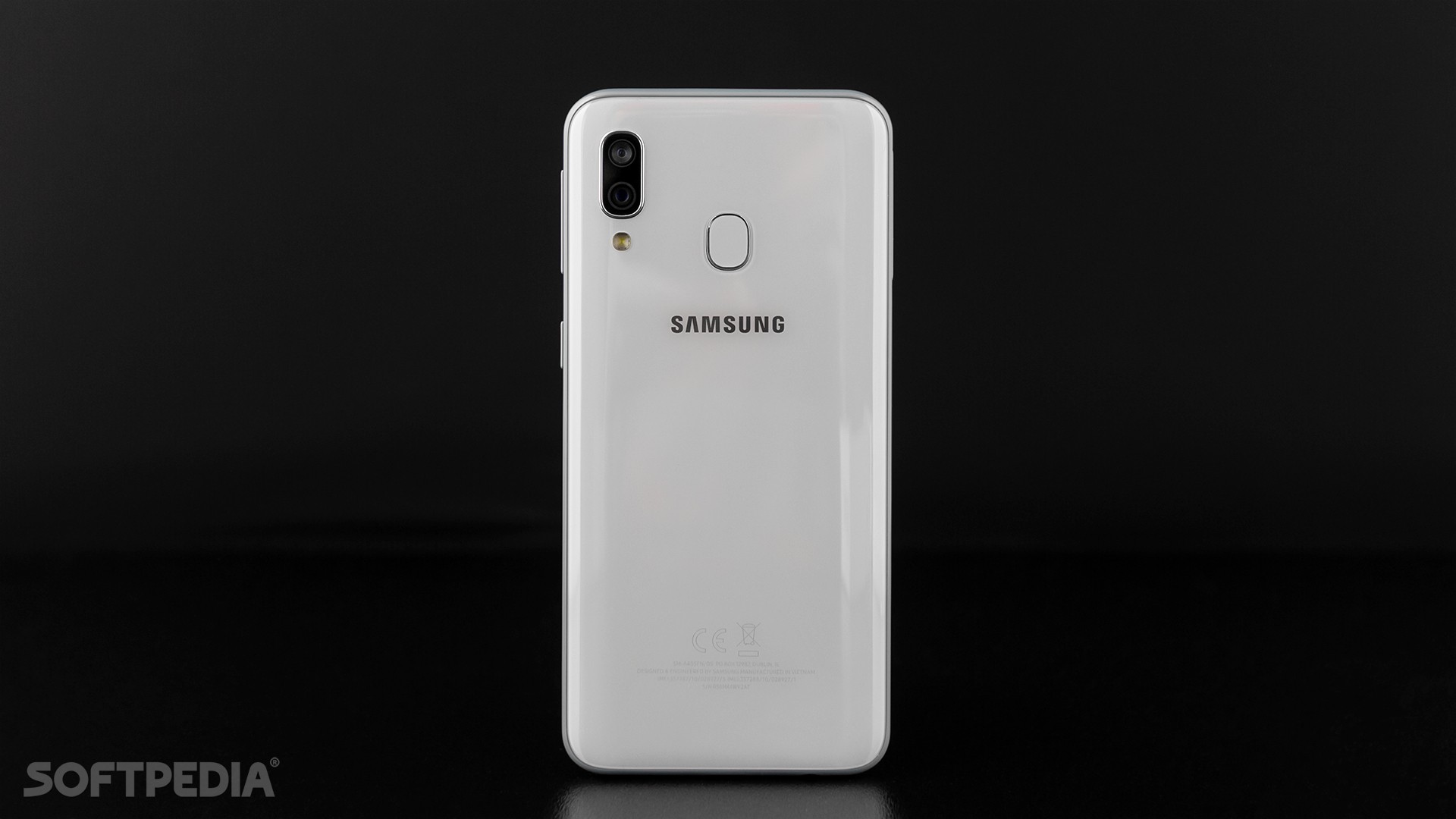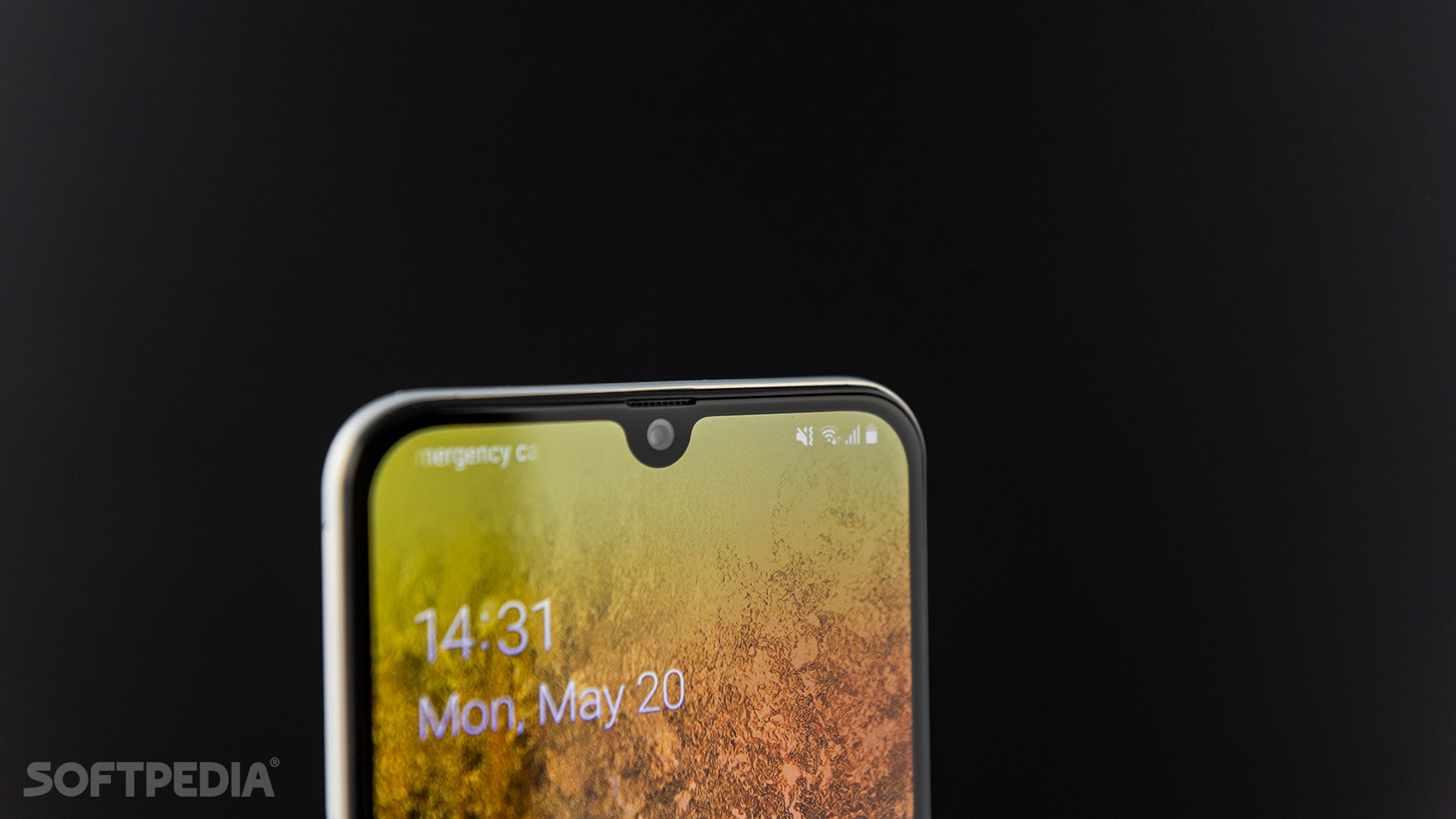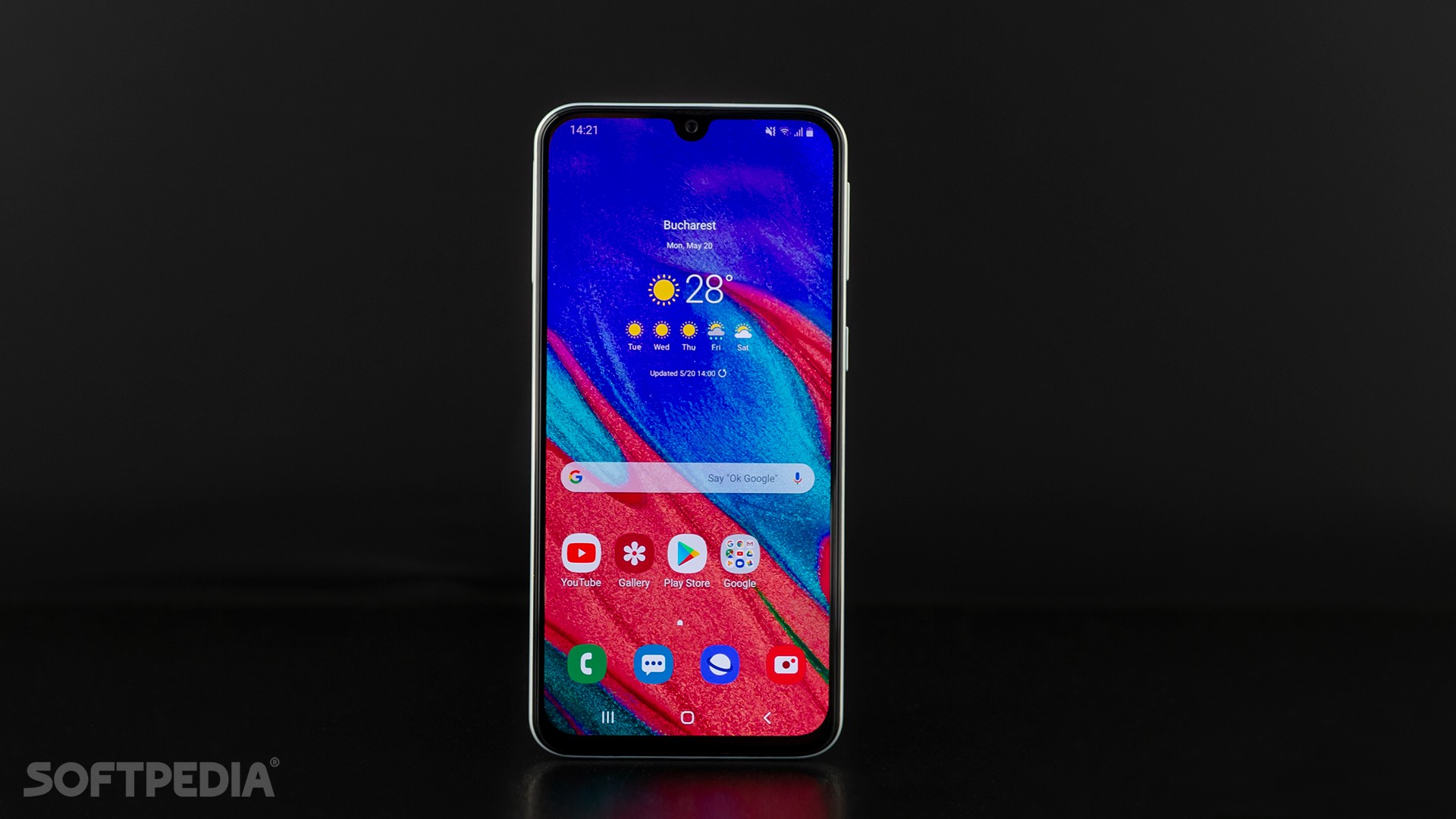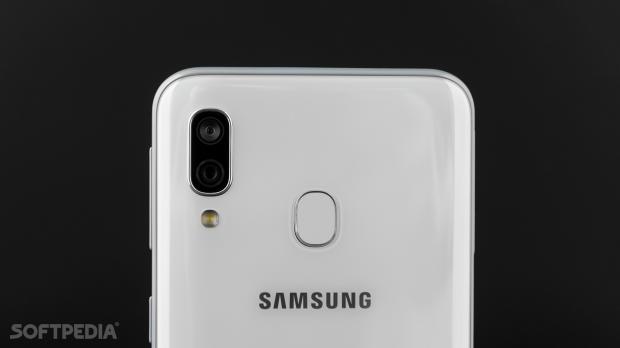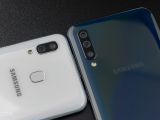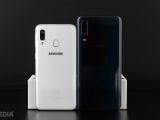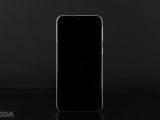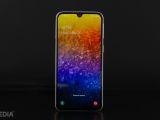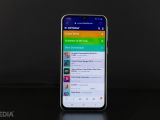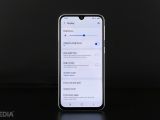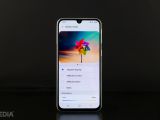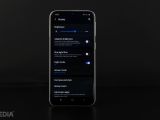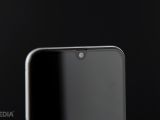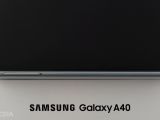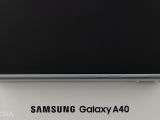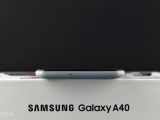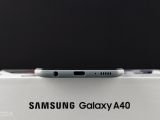While the Galaxy S10 is the Samsung smartphone that everyone seems to be talking about these days, the South Koreans can’t rely just on flagships to maintain its leading position in the phone business.
In fact, investing aggressively in low-budget and mid-range models is something that phone manufacturers typically do in order to boost sales and increase their market share, and living proof isn’t only Samsung, but also Huawei.
When it comes to Samsung alone, the company has a super-rich portfolio of products tackling these two market categories, and more recently, it added a brand-new model to help it expand here.
The Galaxy A40 is by definition a model that’s supposed to tackle the lower part of the mid-range market, but Samsung just wants to do the whole thing in its own way. So the A40 isn’t only a lower-end mid-ranger, but also a model aiming for the premium with certain features.
First and foremost, let’s start with the basics. At $250, the Galaxy A40 is without a doubt an appealing purchase. It’s one affordable smartphone, but at the same time, I think that anyone considering buying this phone should also have a look at Nokia’s offering too.
Returning to the Galaxy A40, I said it before and I’m gonna say it again. Samsung has become a master of building premium designs for cheap phones, and this new model makes no exception.
While the general consensus is that the Galaxy A40 looks and feels cheap, I actually think otherwise. When holding the device in hand, you can barely tell it comes with a 5.9-inch display, and it’s all because Samsung has reduced bezels to the minimum thanks to an already-classic water drop notch.
The available screen estate is impressive. With an 85.5 percent screen-to-body ratio, the Galaxy A40 offers high-quality graphics thanks to the Super AMOLED display, which has already become a signature Samsung feature. Let’s not forget that Samsung also makes the OLED displays for Apple’s new iPhones, so it makes sense even for its own mid-rangers to come with advanced displays.
With a resolution of 1080x2340 pixels and a 19.5:9 ratio, the A40 offers 437 ppi density, something that we should really appreciate for a device this affordable.
Getting back to the design of the device, the back is the one that impressed me the moment I unboxed the phone. The Galaxy A40 features a back made from what Samsung calls “glasstic,” a moniker that the company hopes would make customers ignore the fact it’s actually plastic. Glasstic, however, is supposed to show that this plastic cover looks like glass, and at some level, it does.
Given the price tag, Samsung just couldn’t go for glass on the back, and plastic is obviously the best way to go in terms of costs and durability. And I really think Samsung did a pretty good job, as my white review sample looks really good. Some of my colleagues thought it was glass at first glance, albeit almost everyone noticed it was actually plastic at closer inspection.
Overall, there’s not much to complain about in terms of design, but it’s important to always keep in mind that the Galaxy A40 isn’t supposed to be a flagship. With this in mind, the A40 does good where others fail, but at the same time, it also needs further refinements to complete the package.
Needless to say, the hardware part isn’t breathtaking given its price tag. But there are both good and bad parts here too.
The Galaxy A40 is powered by the Exynos 7885, and while this may not say much at first, it’s the same chip that was used on the Galaxy A8 launched in 2018. It’s not a new processor, but on the other hand, it comes from the A8 lineup, so it is technically capable of offering better performance than a typical mid-ranger.
And yet, the Galaxy A40 feels slow occasionally. With just 4GB of RAM, there were moments when the Galaxy A40 felt more like a budget phone and less like the premium mid-ranger Samsung is dreaming about.
The device comes with 64GB of storage, and in pure Samsung style, you also get microSD card support, letting you attach a card of up to 1TB in size.
Now let’s talk a bit about the camera. It goes without saying you shouldn’t expect flagship performance from the Galaxy A40, but on the other hand, it shouldn’t disappoint either.
And this is exactly what the A40 delivers. The mixed performance includes good colors in perfect light and ruined shots in darker environments. There are moments when photos are just washed out and overexposed, but at the same time, you can shoot impressive close-ups every once in a while.
The F1.7 aperture helps the A40 take good photos in low-light conditions, but the lack of consistency is what’s ruining the whole thing. The dual-camera system on the back comes with wide-angle support with a maximum of 123 degrees, and this is something that you don’t often find at this price range.



The Galaxy A40 also comes with other small gimmicks that occasional photographers are going to love, like a Pro mode for more advanced settings, as well as the Live Focus feature to adjust the bokeh effect. Live Focus is a neat addition to the Camera app, and while I learned to master it after using the Galaxy S10 for several months, I noticed that not everyone trying it out finds it easy to use
The A40 lacks optical image stabilization, and this feels especially when shooting a video. Without a steady hand, everything ends up rather shaky, so you better not try to record your cat running around the house because you won’t be able to do it.
As far as software is concerned, the Galaxy A40 sticks with the same approach full of ups and downs.
For example, the device supports facial recognition, which obviously doesn’t run on 3D sensing cameras, but is powered by the front-facing selfie camera. The facial recognition system comes in pretty handy, as it lets you unlock the device without turning to the rear-mounted fingerprint sensor, but on the other hand, it suffers from the same lack of consistency that I complained about when describing the camera.
The facial recognition system often fails to detect your face, and I recommend you to use it only in good lighting conditions. Otherwise, it can become a pain in the neck, so I found myself using mostly the fingerprint sensor for more consistency.
A number of Bixby-powered features are missing from the A40, like Bixby Routines. While for some this could be a major drawback, I actually don’t mind it at all, as I use Bixby and the related services only occasionally.
But there’s something else that I want to discuss about when it comes to software. As I said in my previous reviews of Samsung phones, the monthly security updates are an essential feature for me, and the South Korean company sometimes failing to deliver them on time can easily become a deal-breaker.
For the Galaxy A40, however, the manufacturer embraced a different approach, and security updates do not land every month, but every quarter. This shows that Samsung wants to concentrate its efforts on more expensive devices, and while this makes sense from a business perspective, it’s something that buyers should have in mind when considering the A40 for their next purchase.
On the good side, the A40 is expected to receive two major Android updates, which means that it’ll also get Android Q and whatever comes next. However, it could take longer than expected for Samsung to release these updates, so just don’t hold your breath for them, as Samsung is clearly prioritizing its more expensive devices.
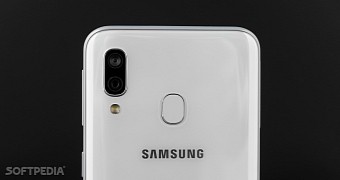
 14 DAY TRIAL //
14 DAY TRIAL // 